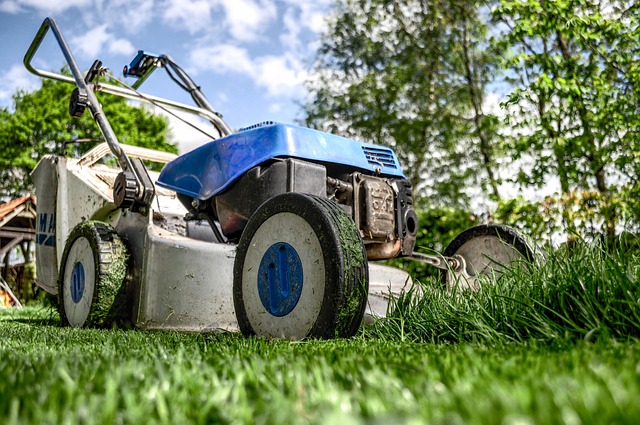Vinyl Fence Guide for Home Improvement and Garden Use
A vinyl fence is a popular fencing material for homeowners looking for a low-maintenance, weather-resistant barrier around yards, gardens, or property lines. Made from polyvinyl chloride (PVC) or similar polymers, vinyl fences come in styles ranging from picket to solid privacy panels. This article explains what vinyl fencing is, how it fits into home improvement projects, DIY possibilities, garden considerations, and ongoing care to help you decide whether it suits your property and needs.

What is a vinyl fence and how does it compare?
A vinyl fence is constructed from PVC components — posts, rails, and panels — that snap or fasten together. Compared with wood, vinyl is less prone to rot, insect damage, and warping; compared with metal, it does not rust. Styles include lattice-topped, solid privacy, and picket designs. Considerations include initial material quality, color options, and environmental factors: vinyl is durable but is a manufactured plastic, so check manufacturer information about recyclability and any product certifications before choosing.
How does a vinyl fence fit home improvement plans?
Vinyl fencing can be integrated into broader home improvement projects to define outdoor living areas, increase privacy, and create uniform curb appeal. When planning, verify property lines, local zoning rules, and any homeowners association requirements. Foundation and gate placement should account for walkways and utilities. Vinyl panels can be used to complement siding and landscaping materials — matching scale and color helps the fence look intentional rather than an afterthought in a renovation plan.
Can you install a vinyl fence as a DIY project?
Many homeowners install vinyl fence panels as a DIY task, especially when working with pre-measured, panel-style systems. Typical steps include marking post locations, digging or augering holes, setting posts plumb, and attaching rails or panels. Required tools often include a level, post hole digger or auger, concrete mix (if using set posts), and saws suited for PVC. Complexity increases with slopes, gate installation, or long runs; in those cases, consider consulting local services or a professional installer for alignment and structural concerns.
How does a vinyl fence affect garden layout and plants?
Vinyl fencing influences microclimates and planting choices in a garden. Solid panels can block wind and reduce sunlight on the shaded side, which may benefit delicate plants but limit sun-loving species. Smooth vinyl surfaces are less hospitable to climbing plants unless you add trellis supports or attach planters. Also leave space between planting beds and the fence to allow air circulation and avoid moisture buildup at baseboards. If you plan to train vines or support vegetables, attach suitable supports rather than relying on the vinyl surface alone.
What maintenance does a vinyl fence need over time?
Maintenance for a vinyl fence is generally lighter than for wood: routine cleaning with mild detergent and water removes dirt and pollen, and a soft brush prevents surface abrasion. For mildew-prone climates, a diluted bleach solution can be used carefully on affected areas following manufacturer guidance. Inspect fittings, posts, and gates periodically for movement, cracked sections, or loose fasteners and repair or replace components as needed. Many manufacturers provide care instructions and limited warranties; check labels and documentation to understand coverage and recommended cleaning methods.
A clear plan for installation, site preparation, and plant placement will help the vinyl fence perform well and blend with landscaping. If you have questions about permits, property boundaries, or complicated site grading, local services can help assess requirements and provide installation or design support.
Vinyl fencing can be a durable, low-maintenance option for many home improvement and garden projects, offering design flexibility from decorative pickets to full privacy panels. Evaluate style, site conditions, and long-term maintenance expectations before deciding, and review product specifications and warranties to match the fence system to your needs.






